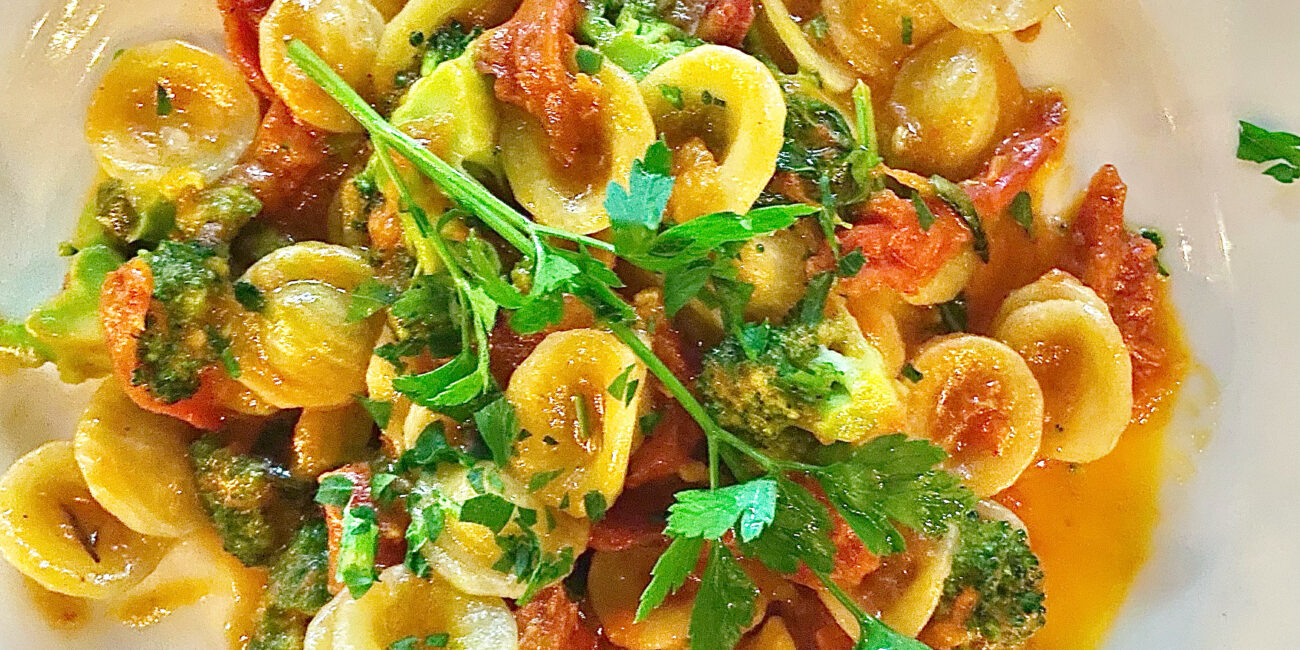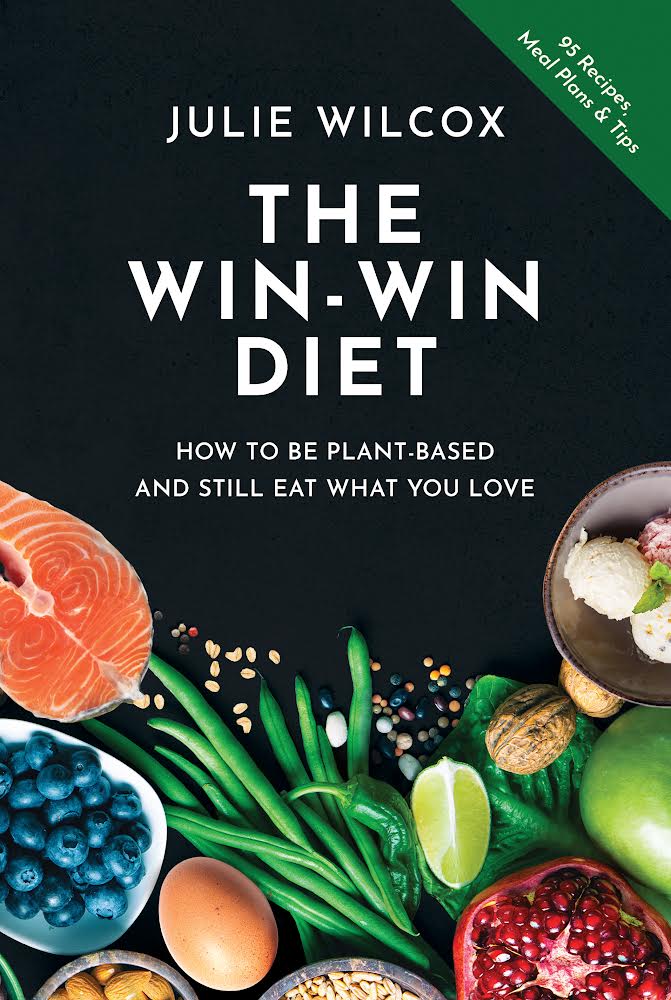Pasta has long been at the center of debates in diet culture. Is it a forbidden indulgence or a nourishing component of a balanced diet? The truth lies somewhere in between, and there is evidence to support this perspective. Consider Sardinia, one of the Blue Zones, where pasta is a part of a healthy lifestyle when enjoyed in moderation and paired with the right ingredients. Let’s set the record straight: pasta can indeed be a delightful and nutritious choice if you pay attention to portion sizes and select wholesome toppings.
The Portion Size Dilemma: Enjoying pasta without guilt hinges on portion control. The recommended portion size for dry pasta is typically 1/2 cup. At first glance, this might seem meager, but there’s no need to despair. There are several strategies to help you feel satisfied without overindulging. One great approach is to complement your pasta dish by adding vegetables. For example, try cacio pepe with broccoli, a favorite combination. Another strategy is to start your meal with a salad, soup, or a vegetarian appetizer. These options will help you feel less hungry when you get to your pasta dish. Vegetables not only add bulk to your meal but also provide a wealth of nutrients and flavors to savor.
Pasta’s Best Friends–Healthy Sauces and Toppings: When it comes to pasta, the sauces and toppings you choose can make all the difference. Opt for nutrient-rich options like pesto, tomato sauce, extra virgin olive oil, and organic cheeses. These choices not only enhance the flavor but also contribute to your overall well-being. Let’s take a closer look at why they’re such great companions for your pasta:
- Pesto: Pesto, made from fresh basil, pine nuts, garlic, Parmesan cheese, and extra virgin olive oil, offers a burst of flavor and beneficial nutrients. The heart-healthy fats in olive oil and the antioxidants in basil are a winning combination. Check out my Ligurian-Style Pesto recipe in my book, The Win-Win Diet.
- Tomato Sauce: A classic choice, tomato sauce is packed with lycopene, a powerful antioxidant known for its potential health benefits. Opt for homemade or low-sugar store-bought varieties for the best results.
- Extra Virgin Olive Oil: As mentioned earlier, this oil is a healthy fat packed with monounsaturated fats and antioxidants, which can lend a delightful richness to your pasta dishes. I like to add olive oil to all my pasta dishes, from Aglio e Olio to tomato sauce, and even spaghetti with vegan mushroom cream sauce.
- Organic Cheeses: While cheese should be enjoyed in moderation due to its calorie and fat content, it can be a flavorful and calcium-rich addition to your pasta. Choose organic cheeses for better quality and flavor.
Exploring Healthier Pasta Varieties: In recent years, the pasta market has expanded to include a wide range of healthier alternatives, such as whole grain pasta, brown rice pasta, quinoa pasta, and chickpea pasta. These varieties are rich in fiber, vitamins, minerals, and protein. Here’s why you might consider giving them a try:
- Whole Grain Pasta: Made from whole wheat flour, spelt flour, and other varieties, whole grain pasta is higher in fiber, providing a feeling of fullness while supporting digestive health.
- Brown Rice Pasta: Gluten-free and naturally mild in flavor, brown rice pasta is an excellent choice for those with dietary restrictions. It’s a good source of complex carbohydrates.
- Quinoa Pasta: Quinoa is a complete protein, and when turned into pasta, it provides a boost of essential amino acids, fiber, and various vitamins and minerals.
- Chickpea Pasta: Made from chickpea flour, this pasta is gluten-free and boasts a significant amount of plant-based protein and fiber. It’s a wonderful choice for those looking to increase their protein intake.
Pasta doesn’t have to be the enemy of a healthy lifestyle. You can even enjoy it traditionally made with white flour. When approached with mindfulness and creativity, pasta can be a versatile dish for nutritious, satisfying meals. The key is to control portion sizes and pair your pasta with wholesome sauces, vegetables, and healthy toppings. If you’d like, you can also experiment with the variety of pasta options available today, such as whole grain, brown rice, quinoa, and chickpea pasta, to maximize your nutrient intake while relishing the delightful flavors. Remember, moderation is key, and enjoying pasta as part of a balanced diet can be a delicious and nourishing part of your diet.




